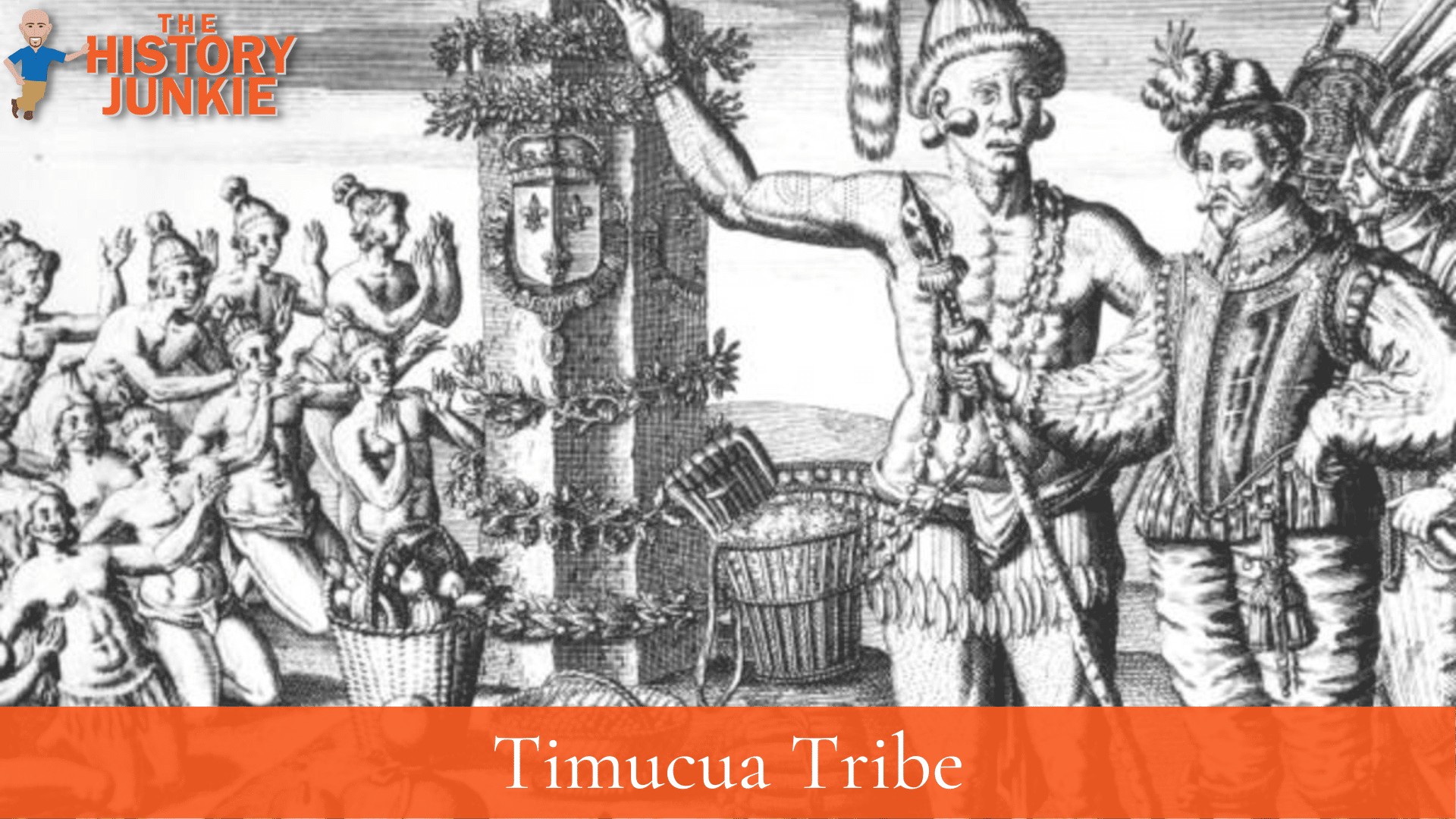
Jump to:
#1. The Timucua Tribe Was Located In Northern Florida
The Timucua Tribe was a Southeast Tribe located in Northern Florida and a small portion of Southeast Georgia.
They occupied a significant portion of land prior to Christopher Columbus discovering the New World.
The Timucua were the largest group of Native Americans that were located in Florida. Their tribe consisted of 35 chiefdoms that were spread out throughout Northern Florida.
Prior to the arrival of Europeans, the tribe not only occupied the most land of any other tribe but was also the most populous.
#2. The First Europeans They Met Were The Spanish
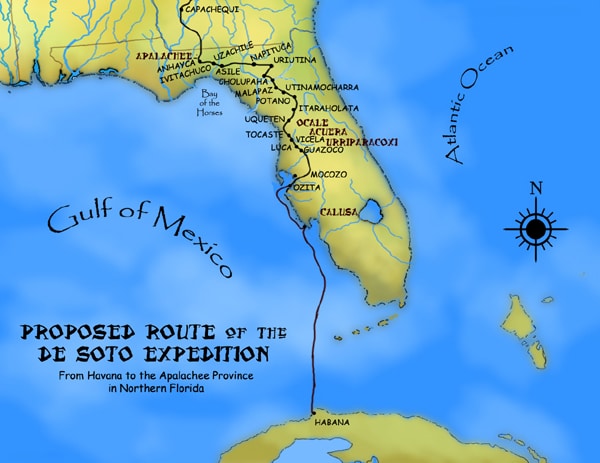
There are some theories that Ponce de Leon was the first Spanish Conquistador to make contact with the Timucua tribe, but this is most likely not the case.
Pánfilo de Narváez's expedition landed in 1528 and went along the western fringe of their territory. It is possible that he made contact with the tribe.
The first known contact the Spanish made with the tribe was in 1539, when Hernando de Soto visited multiple Timucua towns on his way to visit the Apalachee tribe.
#3. St. Augustine Changed The Timucua Landscape
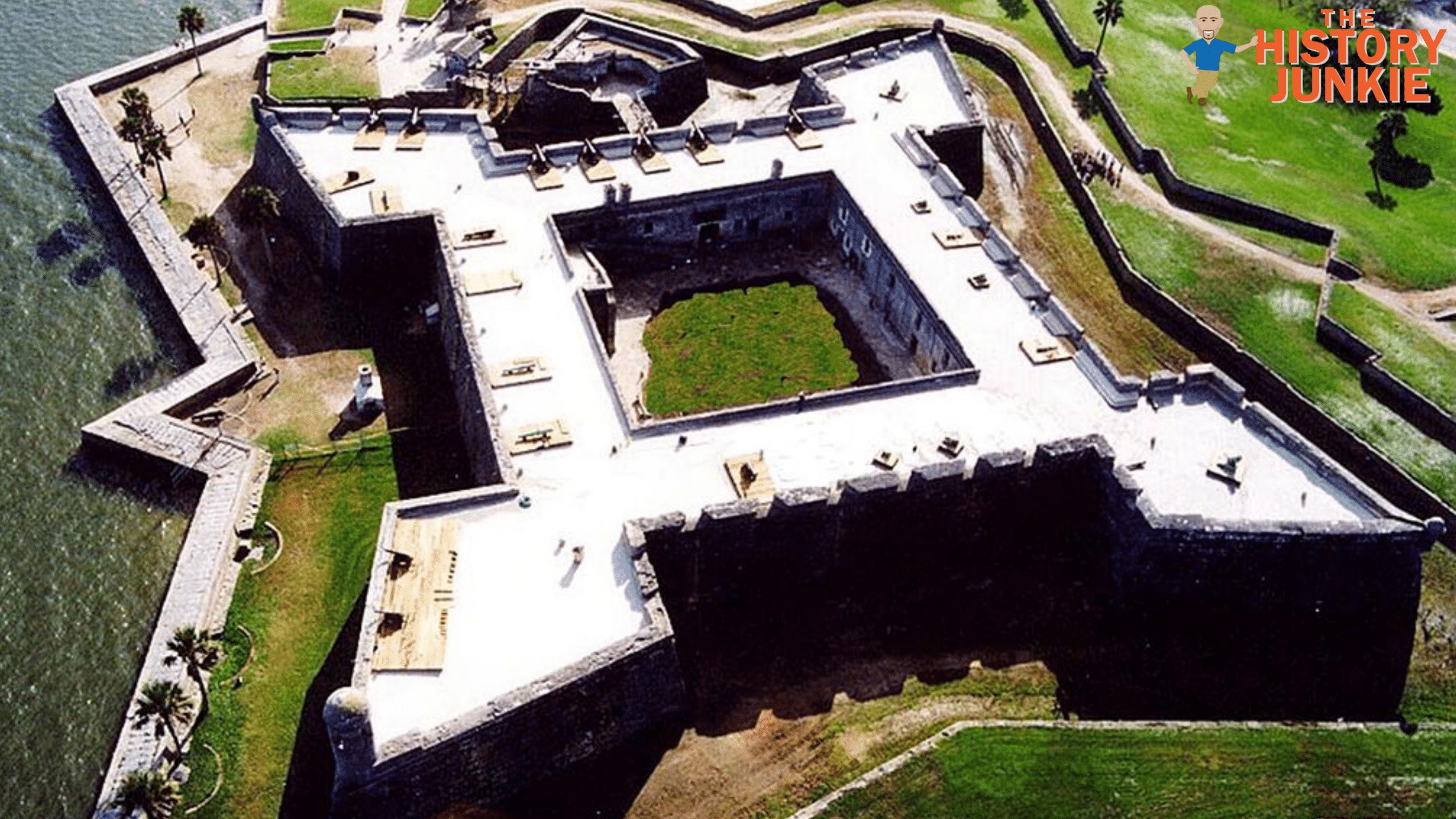
The first settlement in America was St. Augustine, and after it was established, it changed everything for the Timucua tribe.
The disease began to ravage their population. The Spanish set up missions across northern Florida in hopes to convert the tribe to Christianity. While the Spanish were trying to be helpful, they spread smallpox to a tribe that did not have any immunity to it.
By 1595, the population of the tribe had diminished by 75%. Disease and war had taken their toll on the Timucua people.
#4. The Timucua Had A Unique Appearance
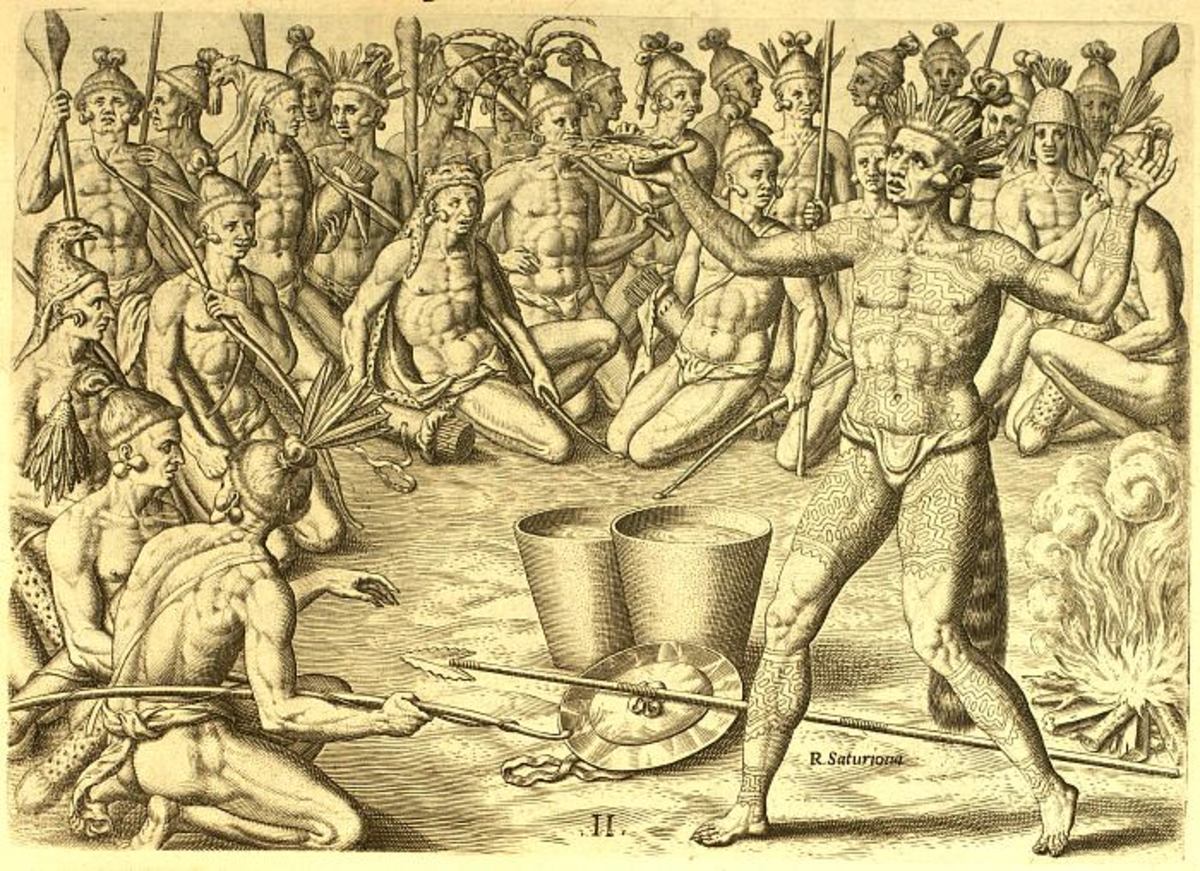
Spanish explorers were shocked at the height of the Timucua, who averaged four inches or more above them. Timucuan men wore their hair in a bun on top of their heads, adding to the perception of height.
Measurement of skeletons exhumed from beneath the floor of a presumed Northern Utina mission church at the Fig Springs mission site yielded a mean height of 64 inches for nine adult males and 62 inches for five adult women.
Each person was extensively tattooed.
The tattoos were gained by deeds. Children began to acquire tattoos as they took on more responsibility. The people of the higher social class had more elaborate decorations.
The tattoos were made by poking holes in the skin and rubbing ashes into the holes.
The Timucua had dark skin, usually brown, and black hair.
They wore clothes made from moss and cloth created from various animal skins.
#5. There Was An East And West
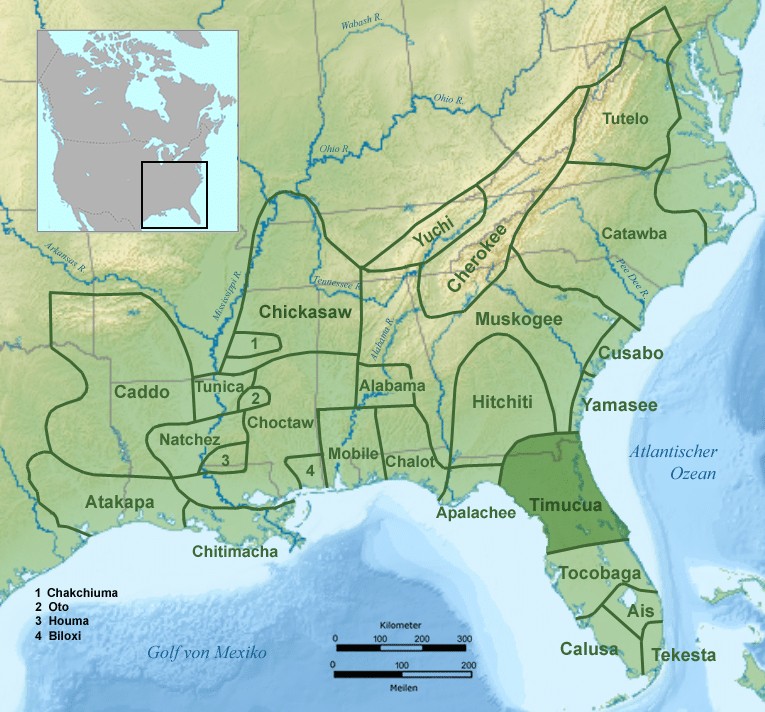
As stated previously, the Timucua tribe was a populous tribe that was spread over most of Florida. There were 35 separate chiefdoms within the tribe when the Spanish arrived.
These chiefdoms were split into an East and a West.
The largest and best known of the eastern Timucua groups were the Mocama, who lived in the coastal areas of what is now Florida and southeastern Georgia, from St. Simons Island to south of the mouth of the St. Johns River.
At the time of European contact, there were two major chiefdoms among the Mocama, the Saturiwa and the Tacatacuru, each of which had a number of smaller villages subject to them
Three major Western Timucua groups, the Potano, Northern Utina, and Yustaga, were incorporated into the Spanish mission system in the late 16th and 17th centuries.
The Timucua were not a unified political unit. Rather, they were made up of at least 35 chiefdoms, each consisting of about two to ten villages, with one being primary.
In 1601, the Spanish noted more than 50 caciques (chiefs) subject to the head caciques of Santa Elena (Yustaga), San Pedro (Tacatacuru, on Cumberland Island), Timucua (Northern Utina), and Potano.
The Tacatacuru, Saturiwa, and Cascangue were subject to San Pedro, while the Yufera and Ibi, neighbors of the Tacatacuru and Cascangue, were independent.
Many cities in the state of Florida are named after these chiefdoms.
